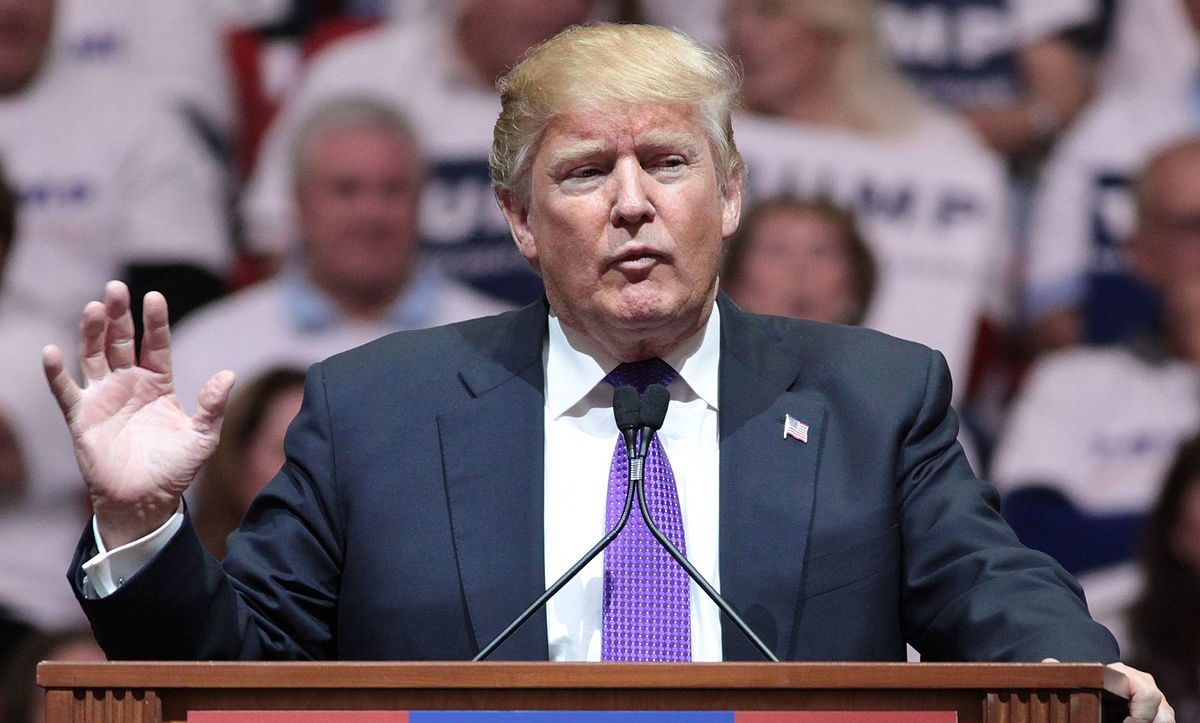One year ago today, on February 6, 2018, the Trump Administration implemented 30% global tariffs on imported solar cells and modules, nearly a year after Suniva filed with trade authorities requesting action. This is one of the biggest economic hits that the U.S. solar industry has suffered to date, and well before the tariffs took effect module prices had already increased and projects were being delayed in anticipation.
Last night, U.S. President Donald Trump continued to push his hard-line trade agenda in his State of the Union speech, as U.S. trade authorities attempt to hammer out a deal with the administration’s trade nemesis, China. The word “trade” appeared seven times in the President’s speech, with Donald Trump stating that “To build on our incredible economic success, one priority is paramount — reversing decades of calamitous trade policies”.
And it is not only China in the cross-hairs of the Trump Administration. Under U.S. Trade Representative Robert Lighthizer, the Trump Administration has imposed four different sets of tariffs which affect the solar industry, two of which – the Section 201 solar tariffs and the Section 232 steel and aluminum tariffs – are global.
The trade talks with China are of particular importance to inverter makers. In September the Trump Administration announced 25% tariffs on imported inverters from China, but then dropped this to 10% until formal negotiations with China are concluded. If these fail, tariffs will go back to 25% – which will impact Chinese inverter makers seeking to ship product to the United States.
Manufacturing renaissance?
The core promise of the Trump Administration’s tariffs was to restore U.S. manufacturing, including solar manufacturing – an odd choice, given the Trump Administration’s preference for fossil and nuclear energy.
But while analysts at the time made it clear that there would be no solar “manufacturing renaissance” in the United States, a year later at least four new solar factories are under way in the nation, totaling 3.7 GW of new capacity.
- Hanwha Q Cells: 1.6 GW annual capacity, Georgia
- First Solar: 1.2 GW annual capacity, Ohio
- LG: 500 MW annual capacity, Alabama
- JinkoSolar: 400 MW annual capacity, Florida
Two of these are larger than any factories built to date in the Americas, and Hanwha Q Cells’ pending module factory in northern Georgia is expected to be the largest solar manufacturing facility in the Western Hemisphere. Additionally Silfab has stated that it is planning a U.S. factory in collaboration with DSM, but neither the location nor the capacity has been spelled out.
And there are other factors that may be behind the rise in U.S. module assembly. Every manufacturer who pv magazine spoke with stated that their new U.S. factories would not be possible without the tax reform pushed through in late 2017, which among other changes lowered the corporate tax rate substantially.
The future of U.S. factories
Today marks a happier occasion as well: the fall in Section 201 tariffs from 30% to 25%, the first of three such annual declines, which will end in a rate of 15% for cells and modules starting on February 6, 2021.
However, the cost of the tariffs was in many ways already substantially undermined by China’s 5/31 policy shift which reduced compensation for solar installations, resulting in a flood of surplus, low-cost modules on the global market.
And while we have solid reason to believe that all of these factories will come online, none of the four which are planned have yet announced opening dates. All four are coming online during a period when the tariffs have already declined and the window of the tariffs providing an effective benefit to these factories is brief.
While there is the possibility of an extension of these tariffs, this would happen after 2020 – and there is no guarantee that President Trump or U.S. Trade Representative Robert Lighthizer will be in office at that time.
But while Donald Trump is in office, there may be no end to the trade war which is underway. During his State of the Union address President Trump said that he would ask Congress for new authority to slap retaliatory tariffs on nations which put trade penalties on U.S. products. And whether solar, batteries, steel, aluminum and inverters will continue to be swept up in future trade action is anyone’s guess.
This content is protected by copyright and may not be reused. If you want to cooperate with us and would like to reuse some of our content, please contact: editors@pv-magazine.com.









By submitting this form you agree to pv magazine using your data for the purposes of publishing your comment.
Your personal data will only be disclosed or otherwise transmitted to third parties for the purposes of spam filtering or if this is necessary for technical maintenance of the website. Any other transfer to third parties will not take place unless this is justified on the basis of applicable data protection regulations or if pv magazine is legally obliged to do so.
You may revoke this consent at any time with effect for the future, in which case your personal data will be deleted immediately. Otherwise, your data will be deleted if pv magazine has processed your request or the purpose of data storage is fulfilled.
Further information on data privacy can be found in our Data Protection Policy.